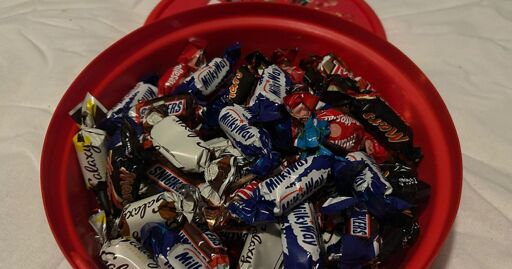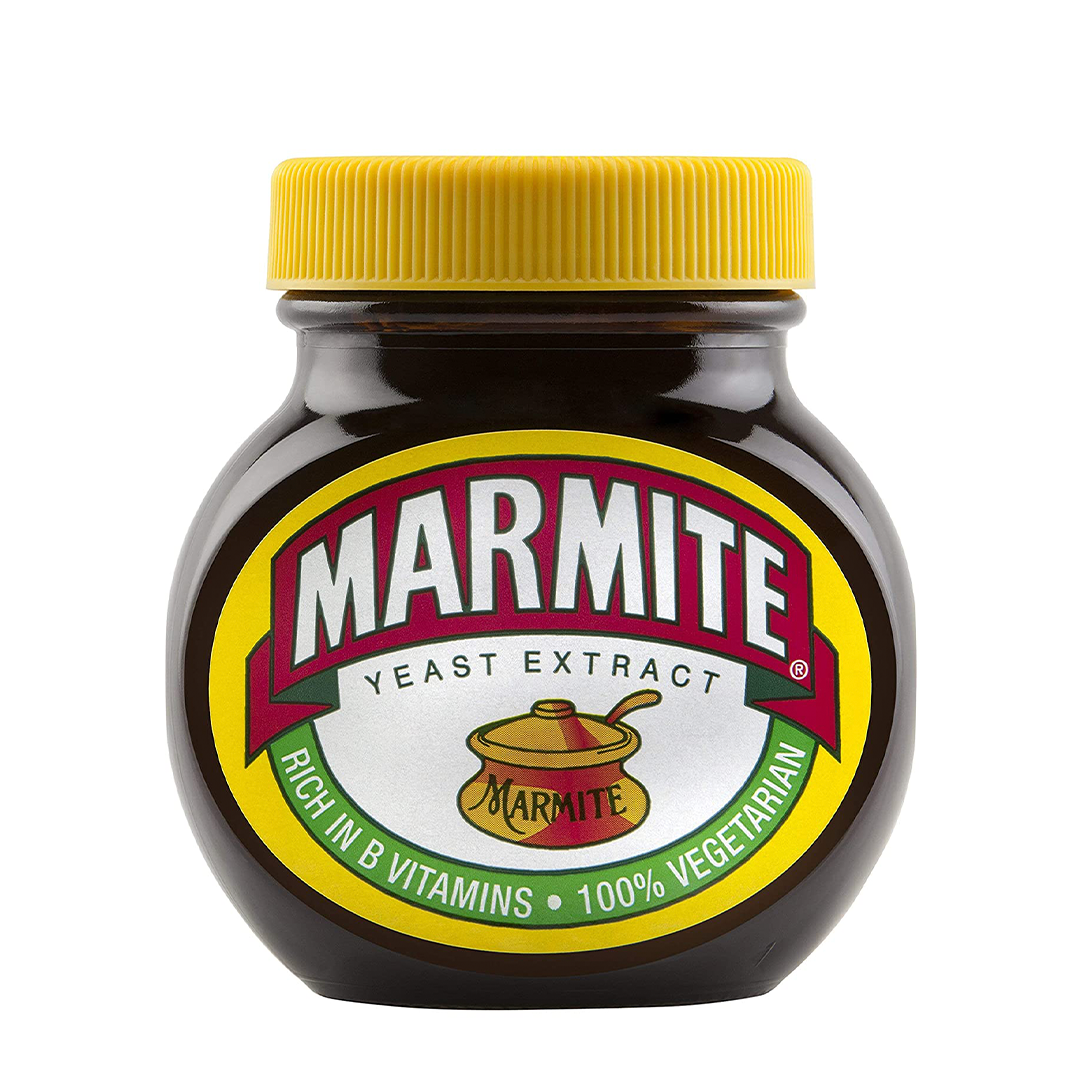Now this is the important information we need!
The tale of the tape:
- Quality Street - 600g, 66 chocs, +2
- Celebrations - 550g, 60 chocs, -5
- Roses - 550g, 51 chocs, -3
- Heroes - 550g, 59 chocs, +3
All retail at £6.
However, with Heroes there is a caveat:
With a total of 59 chocolates, this year’s tin marked a return to form with the mini versions of Twirl returning once again. For the last two years, the miniature chocolates were replaced altogether with two full-sized Twirl fingers due to disruption in its supply chain.
…
Last year’s Heroes tin contained 56 chocolates - meaning it’s the only one of the four to have upped its number this year, but, really, that is due to the fact that we had two full-size Twirl fingers last year instead.
So they replaced 2 full-size Twirls with 5 mini ones.
The conclusion:
If we’re going purely on tin size and the amount of chocolates inside, the clear winner in terms of value-for-money here has to be Quality Street as it has the most choice, the most contents and the biggest tin.
On the opposite side of the scale, Roses had the lowest amount of chocolates inside at 51 - but it didn’t have the least choice of flavours. Celebrations had the least choice with just eight different chocolates inside - but, in a redeeming factor, it did also have the second most chocolates inside (60).
However, you are probably going to go with the one that contains your favourite chocolates. Even if it’s a present for someone else.
The main tub this year weighs 600kg and features 11 different flavours - retailing at around £6.
I better hire a forklift and get myself down the shops! £6 for all that chocolate!
I feel like it’s only fair to confirm this science with my own personal study.
You are doing it for science.
The main tub this year weighs 600kg and features 11 different flavours - retailing at around £6
Pretty good value for over half a tonne of chocky
Even if it’s a present for someone else.
😶🌫️ Because it’s secretly a present for yourself!
It is if you sit their staring hungrily at the box until they say “why don’t we crack this open?”
Me with my grandfather everytime I bought
ushim quality street chocolates for Christmas as a child lol.
Pro tip: Aldi has the Roses creams and toffees for sale in seperate bags now.
£3 each.Get your tesco club card out, they were 4 quid a tub when I was in there this week.
(Went for the QS for the extre 50g)
Tin? I thought they were all in plastic tubs now.
I’ve seen at least one of them available in both options. I think it was Roses.
They’re selling ~900g tins at the big Asda. Quality street are gram for gram even cheaper than the plastic ones.
If you want to be pedantic I highly doubt the metal is tin.
After consulting ChatGPT I must withdraw my attempt to out pedant the pedant. Apparently tins are still made from tin plated steel. I was wrong to assume we’d moved on
Biscuit tins transitioned away from being made out of pure tin in the mid-20th century due to the development of cheaper and more durable materials. Here’s a brief history:
Early tins (19th century): Originally, biscuit tins were genuinely made from tin-plated steel to prevent rust and provide a polished surface. Tin-plating gave these containers their shiny and rust-resistant qualities.
mid-20th century (1940s–1960s): The use of tin-plated steel remained common until advancements in materials science and manufacturing processes allowed for the widespread use of other metals, plastics, and coatings. Tin was gradually replaced with lower-cost materials or thinner tin coatings due to the rising cost of tin and improvements in alternative materials.
Modern tins: Most “tins” today are still technically made of tin-plated steel, but the amount of tin used is minimal. The term “tin” persists for tradition’s sake, even though the containers are predominantly steel with a protective coating.
so, while “biscuit tins” are rarely pure tin today, the transition started around the mid-20th century and coincided with changes in manufacturing efficiency and cost-effectiveness.









